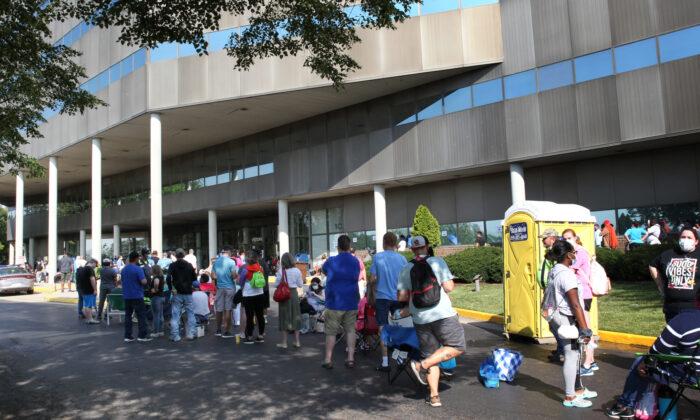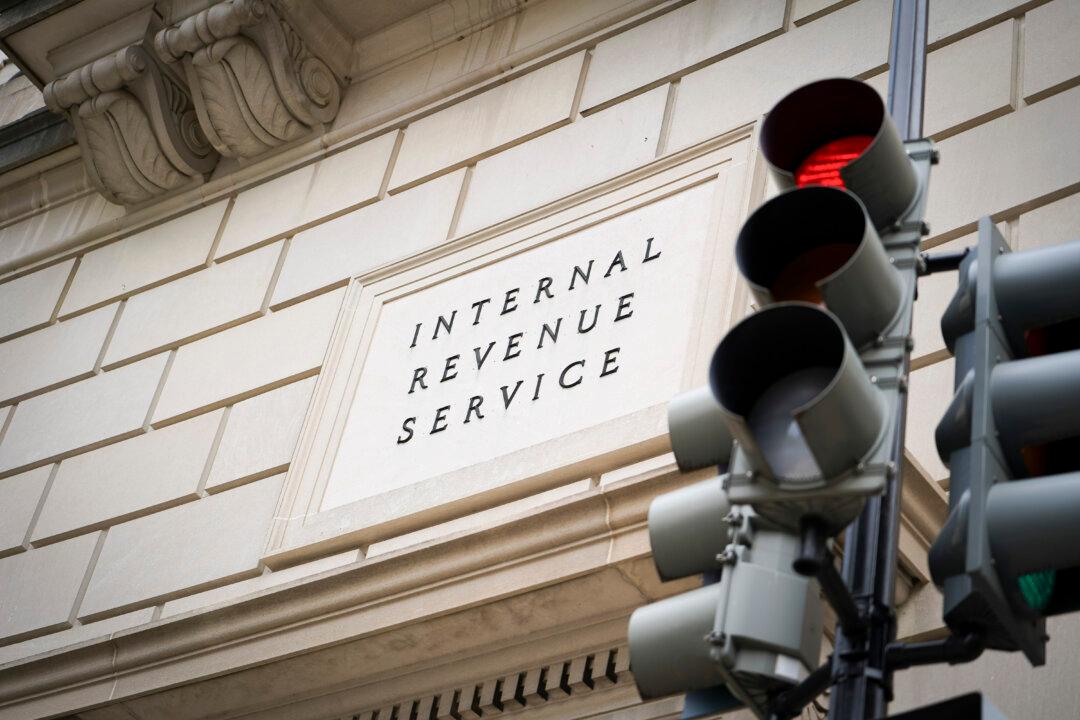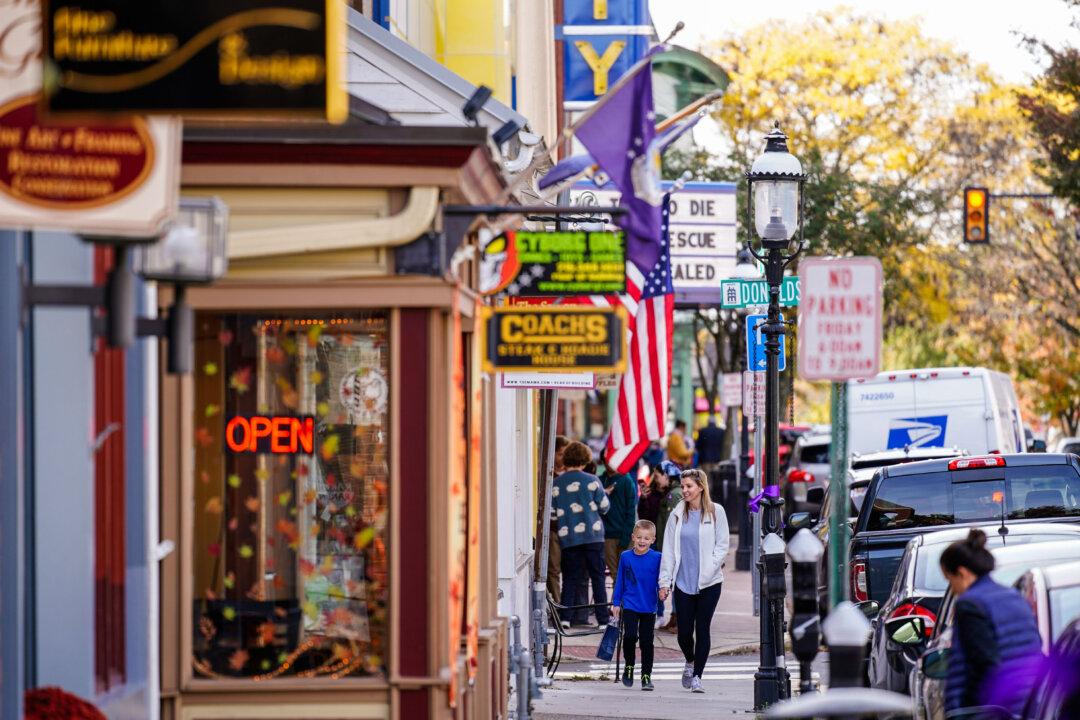More than 1.4 million Americans applied for unemployment benefits last week, the first increase in this closely watched barometer of the labor market since it began falling from its end-of-March peak of nearly 7 million, suggesting the economic recovery has hit a rough patch and appears to be stalling.
“The COVID-19 virus continues to impact the number of initial claims and insured unemployment,” the Labor Department said in the release, as cases of the respiratory illness have surged across the country.
Authorities in the hard-hit South and West regions have moved to shut businesses again or pause reopenings. Workers being sent back home again are joining a second wave of layoffs, triggered by lack of demand as the economy battles recession.
There are a total of 31.8 million American workers receiving unemployment benefits across all programs, the Labor Department figures show. In the comparable week in 2019, there were 1.7 million people claiming unemployment benefits in all programs.
“States like Arizona, Florida, and Texas have seen the number of hours worked decline since cases began to spike at the end of June,” wrote Ray Sandza, vice president of data and analytics at the company.
After cresting in mid-June, the measure of hours worked in Arizona, Florida, and Texas was around 17 percent higher than in Massachusetts, New Jersey, and New York, while now that difference appears to be around 2 to 3 percent.
“States hit hardest at the beginning of the pandemic, including Massachusetts, New Jersey, and New York, have steadily improved and, despite a deeper trough, are almost even with states that re-opened earlier and are now experiencing a second wave of cases,” Sandza wrote.
The Labor Department figures show that the biggest increases in initial claims for the week ending July 11 were in Florida (+65,890), Georgia (+33,292), California (+20,123), Washington (+16,116), and Indiana (+6,258). The largest decreases in the same period were in Maryland (-13,728), Texas (-11,583), New Jersey (-8,577), Michigan (-6,882), and Louisiana (-5,066).
Demand has been showing signs of picking up, with retail sales increasing strongly in May and June, supported by the government’s additional weekly $600 checks for the unemployed. Known as the Federal Pandemic Unemployment Compensation (FPUC) program, this is the additional federal benefit of $600 per week over and above regular and state unemployment insurance payments and other forms of pandemic unemployment assistance.
Established by the $2.2 trillion CARES Act, the FPUC benefit is set to expire by July 31.





